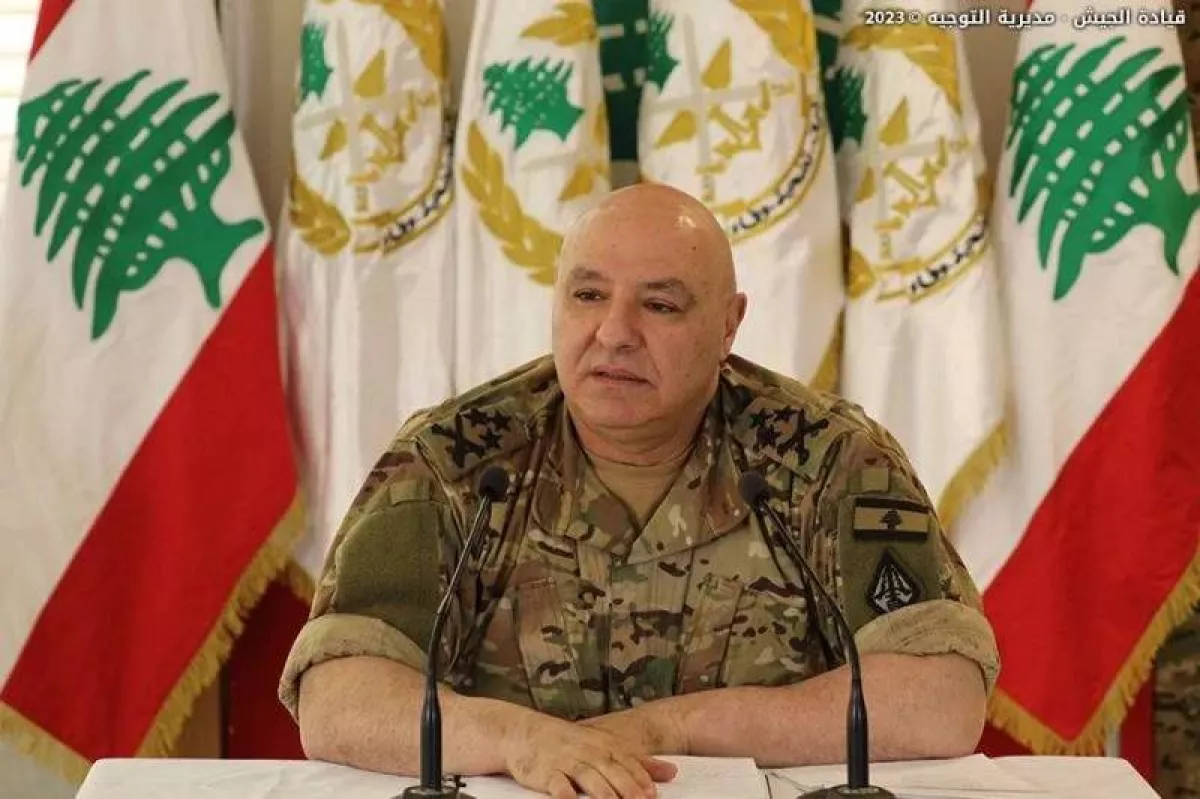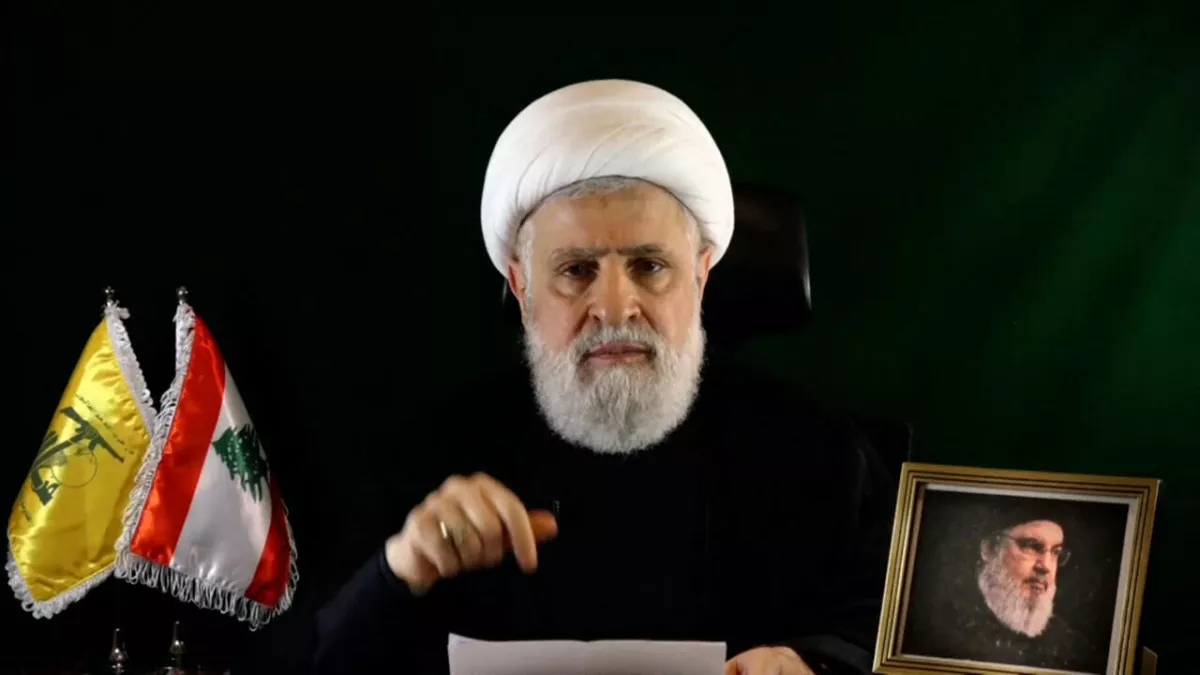Lebanon’s struggle to disarm Hezbollah amid shifting regional dynamics
In the spring of 2025, renewed Israeli airstrikes on Hezbollah positions in Lebanon have underscored the fragility of the five-month-old ceasefire between Israel and the Shiite militant group. Although sporadic violence has long defined their relationship, an article published by The Conversation argues that the latest violations complicate the Lebanese government’s mission of disarming Hezbollah, the paramilitary group that remains a powerful force in the country despite a series of Israeli targeted killings of its senior members.
The strikes occurred against the backdrop of lingering tensions that erupted into full-scale war following Hamas’ October 7, 2023, attack on Israel, which prompted Hezbollah to declare solidarity with the Palestinian group. By October 1, 2024, Israel responded with its sixth invasion of Lebanon since 1978, resulting in heavy losses for Hezbollah, both in manpower and weaponry, as well as a decline in public support.
These developments significantly undermined Hezbollah’s claim that it alone could defend Lebanese sovereignty against Israel. A ceasefire brokered by the United States and France on November 27, 2024, temporarily halted hostilities. Grounded in Resolution 1701, which dates back to the end of the 2006 Lebanon war, the ceasefire calls for Hezbollah’s disarmament and Israeli withdrawal from Lebanese territory. Yet, implementing this has proven elusive due to Lebanon’s deeply sectarian political system, which has long enabled the group’s semi-autonomous existence.
Founding of Lebanon
Lebanon’s sectarianism—rooted in the country’s 1920 founding—fuelled a civil war from 1975 to 1990 and has complicated national unity ever since. A series of Israeli invasions—triggered by attacks from Palestinian groups operating out of Lebanon, such as the 1979 Nahariya assault that killed an Israeli father and child—deepened Lebanon’s sectarian divisions and heightened political instability. Out of this turmoil, Hezbollah emerged in the late 1980s as a significant militant and resistance force.
The 1989 Taif Agreement, which ended Lebanon’s civil war, formally upheld the country’s right to resist Israeli occupation. This provision implicitly legitimized Hezbollah’s role as a resistance group, paving the way for an uneasy power-sharing arrangement between the Lebanese state and the militia. However, this fragile coexistence has often erupted into violence, including high-profile political assassinations.
In more recent years, Hezbollah played a central role in creating a prolonged political deadlock. For two years, it blocked presidential elections by mobilizing its allies to obstruct opposition candidates, seeking to secure a leader aligned with its interests. That impasse finally ended in January 2025, when parliament elected army chief Joseph Aoun, a Maronite Christian, as president. The move signalled Hezbollah’s weakened position and Lebanon’s urgent desire to exit a crippling humanitarian and economic crisis. By 2019, 80% of the population had fallen into poverty, and successive wars and political paralysis had only made matters worse.

Diminishing power of Hezbollah
Unlike previous leaders, Aoun has not endorsed Hezbollah as a legitimate resistance movement. Instead, he has made its disarmament a central goal of his administration and pledged to fully enforce Resolution 1701. With strong backing from the Lebanese military, over 90% of Hezbollah’s infrastructure south of the Litani River—just 30 kilometres from Israel—had reportedly been dismantled by April 2025, with state forces reclaiming control of the area.
However, Hezbollah remains defiant. Its deputy leader Naim Qassem has rejected calls for disarmament, insisting the group alone can protect Lebanon from Israeli aggression. In response to Israel’s spring airstrikes, Qassem reiterated that Hezbollah’s weapons would only be relinquished after Israel ceases its air incursions and fully withdraws from Lebanese soil. These Israeli violations, while undermining the ceasefire, bolster Hezbollah’s narrative of necessary resistance.

The international community, especially the US and Qatar, continues to view Hezbollah’s disarmament as a precondition for peace and international assistance. But Aoun’s balancing act is precarious. Moving too aggressively against Hezbollah could ignite domestic unrest, particularly among Lebanon’s Shiite population. Conversely, yielding too much to the group may alienate international donors and jeopardize urgently needed reconstruction aid.
The regional environment further complicates Lebanon’s future. The collapse of the Assad regime in Syria in December 2024 created a vacuum of power and renewed instability. Assad’s fall—once a key ally of Hezbollah—was followed by sectarian violence, including the massacre of Alawite civilians, triggering new waves of refugees into Lebanon and reviving fears of renewed sectarian conflict.
The evolving roles of regional powers also affect Lebanon’s trajectory. Saudi Arabia, once on a path to normalize ties with Israel before the October 2023 war, may revisit such plans if the Israeli-Palestinian issue sees renewed diplomacy. A normalization deal would likely require concessions toward Palestinian statehood—potentially removing one of Hezbollah’s central ideological pillars and increasing pressure on the group to disarm.
Meanwhile, Iran, Hezbollah’s principal backer, appears to be reassessing its regional strategy. Amid efforts to reconcile with Saudi Arabia and re-engage with the United States on a new nuclear deal, Tehran may adopt a less aggressive posture across the region. If Iran reduces support for militant proxies, Hezbollah’s ability to maintain its influence and arms could be significantly curtailed.
By Nazrin Sadigova








